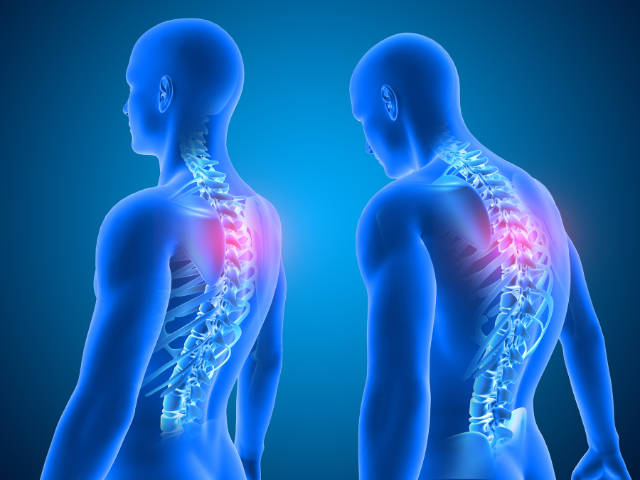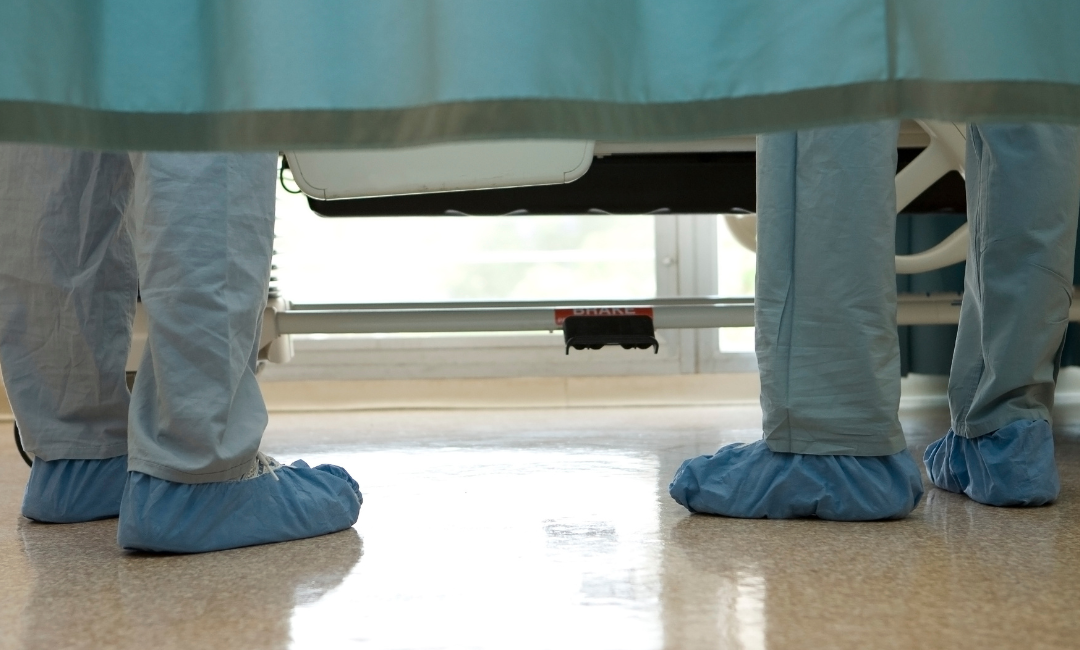Guidelines and Proper Body Mechanics
Posture: Proper posture is at the root of all body movement. Maintaining a neutral spine position keeps the body balanced and reduces muscle fatigue. Proper spine alignment should produce a straight line drawn from the ears to the shoulders to the hips. This posture should be maintained while sitting and standing throughout the day.
Standing: Specific techniques can reduce the risk of back pain and fatigue when standing for long periods. Tips to minimize strain include establishing a wide, stable stance on a firm surface, maintaining good posture, and leaning on a solid surface to lessen muscle fatigue. Taking breaks to stretch and loosen tight muscles is recommended.
Lifting: Proper lifting techniques will reduce the risk of back injury when lifting patients or heavy objects in the home environment. The object to be lifted should be at waist height to avoid excessive stretching or bending. Face and stand close to the object or person to be lifted with feet at a wide stance. Using the legs and hips to squat, avoid bending at the waist or twisting while lifting. Refrain from overreaching, leaning, stretching, or standing on tiptoes. Keeping a tight center of gravity and using the large leg muscles to lift will protect the back from strain.
Sitting: During the COVID-19 pandemic, employees worked from home, leading to increased neck and back pain complaints due to poor home computer stations not ergonomically designed for prolonged sitting. Ergonomics involves the proper workstation to reduce injury in the workplace. When sitting at a computer desk, it is essential to push the buttocks toward the back of the seat and to bend the knees at a 90° angle with both feet planted on the floor. Sit properly and lift the chin and chest while relaxing your jaw and mouth.
Sleeping: Sleeping on the back or side of a firm mattress will reduce back strain. Placing a pillow between the knees can help maintain back alignment when sleeping on the side. When sleeping, avoid an oversized pillow or sleeping on the stomach, which can strain the neck or back.
Certain conditions in the workplace require modifications in technique to ensure proper body mechanics. Assessing a patient in advance can prepare a nurse to move a patient safely. For example:
- If a patient is immobile or cannot carry their weight, it might be necessary to use a gait belt or transfer board to reduce the risk of injury before transferring a dependent patient. Use proper posture and lift with the legs and hips instead of only using the back. Stand close to the patient’s bedside to reduce stretching or straining.
- Put patients at a comfortable height before transferring them to a chair or bed. Raise the patient to waist height to reduce the need to bend or lean, when then reduces the risk of back strain.
- Assess the limitations of the patient’s ability to assist in moving from one place to another. If the patient is entirely dependent, consider an assistive device. If the patient can help, stand close to the patient and bend the legs and hips when lifting is required. Take breaks to rest or stretch when needed.
- Proper stance when moving a patient. Stand close to the patient’s bedside while directly facing the patient. Do not twist. Keep the center of gravity low. Use core and leg muscles to avoid lifting with the back.
- Movement of the legs and hips. Maintain a neutral stance with an aligned posture. When lifting, the dominant leg is placed slightly before the other leg, and large leg muscles are used to squat and lift. Avoid bending at the waist or lifting with your back.
- Lifting and moving patients. Assess the patient’s needs and use proper posture. Use assistive devices to move dependent patients and tighten core muscles to stabilize the center of gravity.









